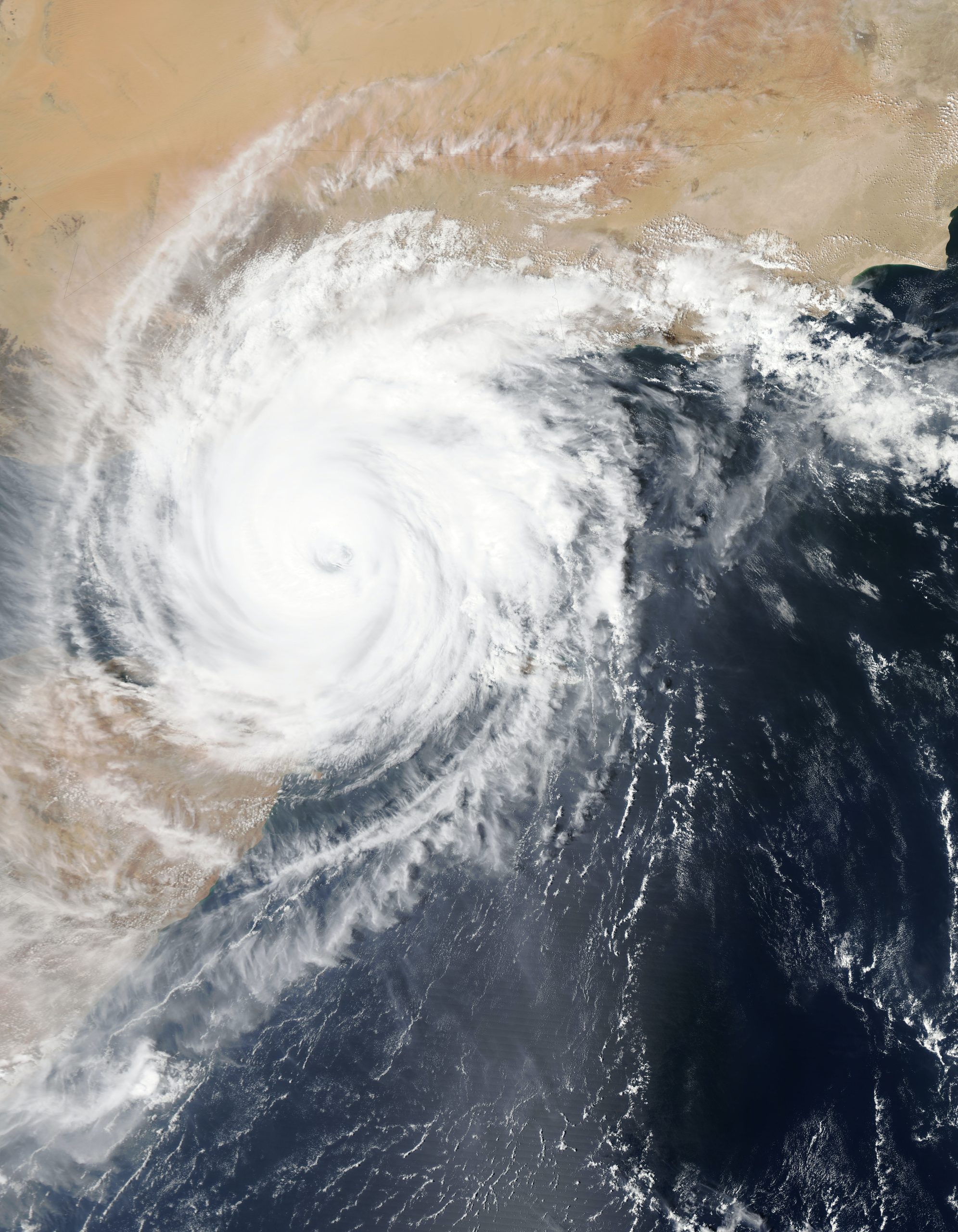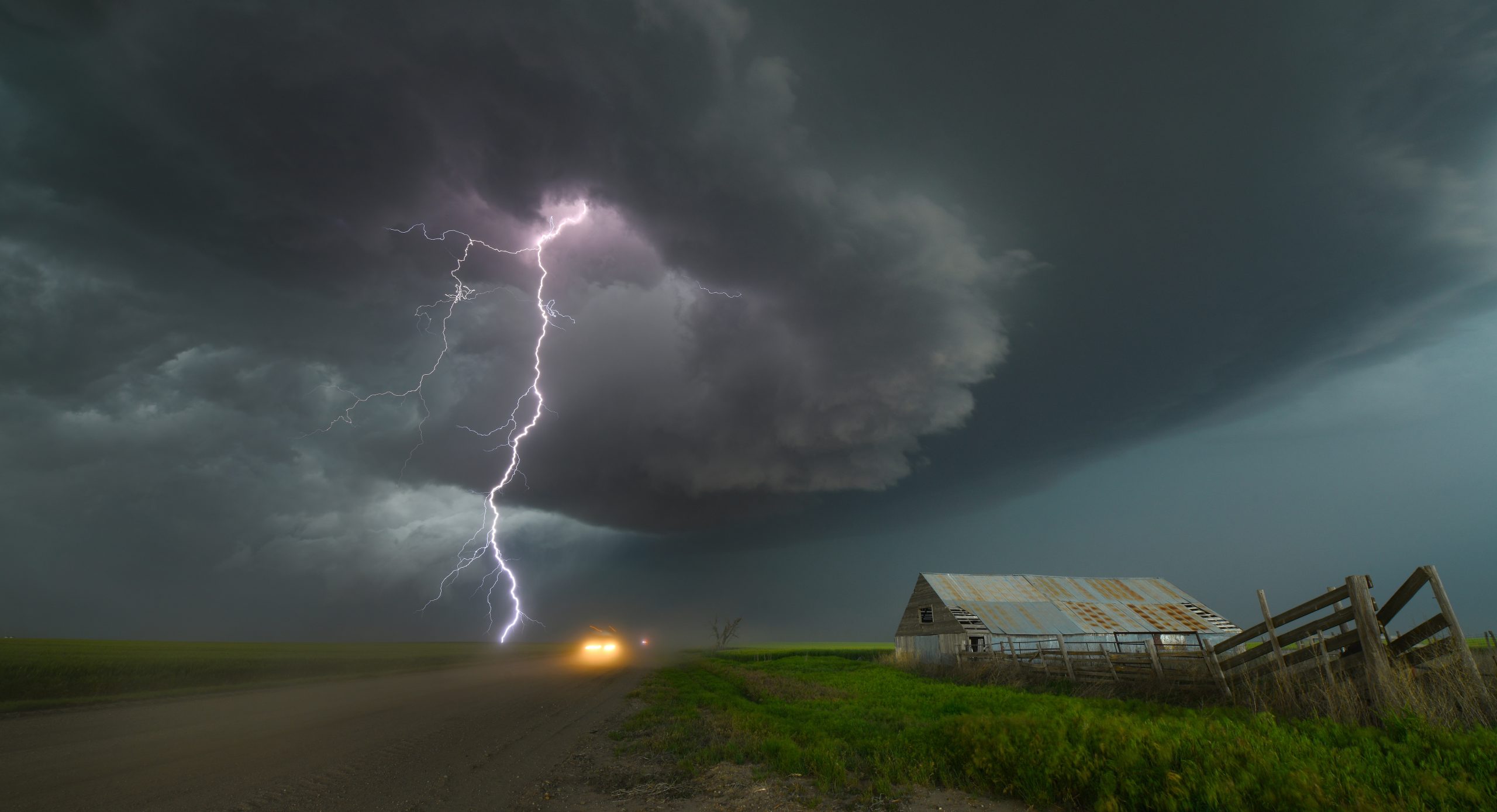Public storm warning signal #1 explained
7 min read
Are you familiar with the public storm warning signal 1? Do you know what it means when this signal is raised in your area? It’s important to have a good understanding of these weather warnings, as they can greatly impact your safety and preparedness during a storm. In this article, we will delve into the details of public storm warning signal 1, explaining its significance and providing valuable insights on how to navigate through the stormy situation. Get ready to uncover the mysteries behind those blaring sirens and flashing lights!
Understanding the importance of storm warning signals
Understanding the importance of storm warning signals is crucial for ensuring the safety and well-being of communities prone to severe weather conditions. These signals serve as a vital source of information, alerting people about impending storms and allowing them to take necessary precautions. Without proper awareness and understanding of these signals, people may be caught off guard and become vulnerable to the destructive power of storms.
One key aspect of storm warning signals is their ability to convey the severity and potential impact of a storm. The different levels or categories assigned to these signals help in distinguishing between minor disturbances and more significant threats. For instance, Public Storm Warning Signal 1 indicates that there is a possibility of strong winds in an area, which requires individuals to secure loose objects outside their homes. However, this signal does not necessarily indicate a need for evacuation or immediate action.
Moreover, storm warning signals provide valuable guidelines on what actions should be taken during specific levels of approaching storms. By being knowledgeable about these signals, individuals can understand when it is time to seek shelter or move to higher ground in case flooding is expected. This knowledge empowers communities with necessary information and ensures that they are prepared for any adverse weather eventuality.

Definition: What is Public Storm Warning Signal 1?
Public Storm Warning Signal No. 1, commonly referred to as PSWS #1, is a vital tool issued by the Philippine Atmospheric, Geophysical and Astronomical Services Administration (PAGASA) to inform residents and communities about the arrival of a tropical cyclone. When PSWS #1 is raised in an area, it means that winds of 30 to 60 kilometers per hour are expected within the next 36 hours. While this signal may seem relatively low compared to stronger signals like PSWS #2 and #3, it should not be taken lightly.
The issuance of PSWS #1 serves as a call for preparedness for the impending storms. Its primary purpose is to alert people residing in affected areas during the early stages of a tropical cyclone’s approach. By doing so, individuals can take necessary precautions such as securing loose objects around their homes or making sure they have enough food and supplies. Moreover, communities near coastal areas must also be cautious since high tides and possible storm surges accompany even less severe storms.
Despite being categorized as a lower-level signal, Public Storm Warning Signal No. 1 plays an integral role in ensuring public safety during extreme weather conditions. It offers ample opportunity for residents to make preparations ahead of time before more severe warnings are issued. Taking these initial steps towards preparedness can significantly reduce risks associated with strong winds, heavy rainfall, flooding, and other hazards linked with tropical cyclones – ultimately protecting lives and property from potential harm caused by these natural disasters.
Criteria: Factors considered in raising Signal 1
One of the main factors considered in raising Signal 1 for a storm is the wind speed. Public storm warning signals are specifically designed to alert people about potential dangers, and wind speed plays a crucial role in determining the severity of a storm. When wind speeds reach around 30-60 kilometers per hour, Signal 1 is raised to warn individuals and communities that they need to start taking necessary precautions.
Another key factor considered in raising Signal 1 is the amount of rainfall. Heavy rain during a storm can lead to flooding, landslides, and other hazardous conditions. By monitoring rainfall levels, meteorologists can assess whether it’s necessary to issue Signal 1. This signal serves as an early warning for people living in vulnerable areas or near bodies of water, giving them time to evacuate if needed.
Additionally, another important criterion for raising Signal 1 is the probability of destructive winds occurring within the next few hours. Meteorological agencies carefully study weather patterns and use statistical models to predict how likely it is that destructive winds will impact certain regions. Once this probability surpasses a predetermined threshold, Signal 1 will be raised to alert everyone about potential risks so they can prepare accordingly.
By considering these factors – wind speed, rainfall amounts, and the probability of destructive winds – meteorologists can effectively raise public storm warning Signal 1 when necessary. This prompt action helps save lives by providing timely information and allowing individuals and communities ample time to take appropriate measures before facing any potential threats from storms or typhoons.

Effects: Impacts and precautions during Signal 1
During Signal 1, the effects can range from mild to moderate, depending on the strength of the storm. While it may not be as severe as higher signal levels, precautions should still be taken to ensure safety. One of the primary impacts during Signal 1 is strong winds, which can pose a risk to structures such as trees, billboards, and poorly built houses. It is essential for individuals residing in these areas to secure loose objects and stay away from potentially dangerous areas.
Additionally, heavy rains are a common occurrence during Signal 1 storms. This continuous downpour can lead to flash floods and landslides in susceptible regions. It is crucial for residents living in low-lying or flood-prone areas to be vigilant and take necessary precautions. They should stay updated with weather advisories and if instructed, evacuate their homes temporarily until the situation improves.
While public storm warning Signal 1 may not evoke the same sense of urgency as higher signals do, it is important not to underestimate its potential impact. By staying informed and taking necessary precautions such as securing loose objects and being prepared for heavy rainfall or flooding, individuals can protect themselves and minimize risks during this level of storm warning.
Response: How individuals and communities should react
In the face of a public storm warning signal 1, it is crucial for individuals and communities to respond promptly and effectively. While differing levels of preparedness may exist, everyone should take certain precautions to ensure their safety. This could include securing loose objects outdoors, checking emergency kits for necessary supplies, and staying informed through reliable sources.
Individuals have a responsibility to not only safeguard themselves but also extend help to those in need within their communities. Simple acts like sharing information about evacuation centers or lending a helping hand in boarding up windows can make a significant difference. Additionally, fostering a sense of unity and cooperation amongst neighbors cultivates resilience in times of crisis.
However, response efforts should extend beyond immediate actions during the storm itself. Communities must also focus on recovery and rebuilding efforts afterward. By coming together to support each other through cleanup initiatives or fundraising campaigns for affected families, individuals can contribute to the overall wellbeing and speedy recovery of their community.

Limitations: Understanding the limitations of Signal 1
Signal 1 is the lowest typhoon signal in the public storm warning system, indicating that a tropical cyclone is approaching and could potentially affect an area. While it serves as a crucial initial warning, it’s important to understand its limitations. One limitation is that Signal 1 doesn’t provide information on the specific timing and intensity of the approaching typhoon, leaving people uncertain about when they should take necessary precautions or evacuate if needed.
Another limitation of Signal 1 is that it doesn’t account for local geographic variations in weather patterns. This means that even if a specific region falls under Signal 1, some areas within that region may experience more severe weather conditions, while others may remain relatively unaffected. Without this understanding, individuals may inadvertently ignore potential threats or wrongly assume they are safe solely based on being under Signal 1.
Indeed, while Signal 1 serves its purpose as an initial warning system during storms, it’s essential to acknowledge its limitations and not solely rely on this signal for making critical decisions about personal safety. A comprehensive analysis of other factors such as location-specific weather forecasts and information from official sources will enable individuals to make well-informed choices during times of potential danger.
Conclusion: The significance of heeding storm warnings
The issuance of storm warnings by meteorological agencies should never be taken lightly. These warnings not only serve as the first line of defense against the destructive forces of nature, but also act as a reminder of our vulnerability in the face of such events. It is crucial for individuals and communities to heed these warnings and take immediate action to safeguard lives and property.
Ignoring storm warnings can have devastating consequences. Many tragedies could be prevented if people paid closer attention to these alerts. By heeding storm warnings, individuals can not only protect themselves and their loved ones, but also contribute to community preparedness efforts. This adherence demonstrates an understanding that collective action is necessary in times of crisis.
In conclusion, storm warnings should never be brushed aside or ignored as mere inconveniences. Their significance lies in their ability to provide us with vital information about impending dangers and empower us to take appropriate measures for our safety. By recognizing the importance of heeding these alerts, we can minimize loss, save lives, and build more resilient communities that are better equipped to navigate the uncertain waters of natural disasters.






